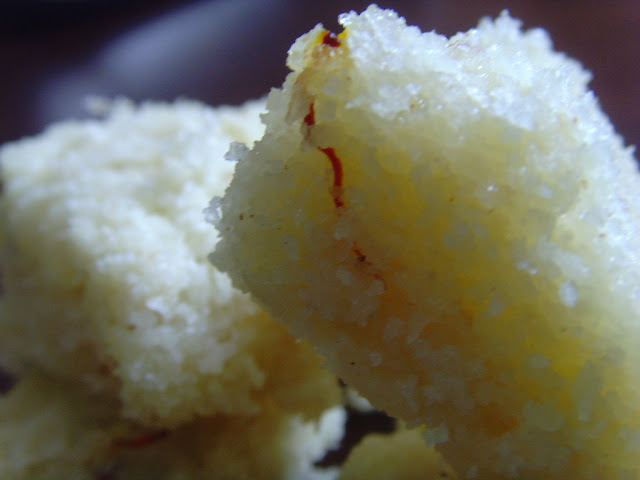Aglio Oilio is a family favorite dish. I can tell you frankly that I got introduced to western food thanks to me being in Singapore
Aglio e Olio actually means garlic and oil. This is a traditional Italian pasta dish that can be made cheaply without seasonal or store-bought ingredients. It is said to originate traditionally from the region of Abruzzo, although it is popular across the country.
Usually served with spaghetti, the sauce is made by lightly sautéeing minced or pressed garlic in olive oil, sometimes with the addition of dried red chilli flakes. Finely chopped parsley can be added as a garnish, along with parmesan cheese.
It takes about 20 minutes from start to end and is a favorite dinner or weekend choice at our home, when Iam too tired to cook.
Ingredients
Spaghetti – 1 packet (usually 500 gms)
Garlic -1-2 cloves of garlic, minced, you can add more as per your taste.
Crumbled dried red chilli pepper – ½ tsp, you get this in the store. Don’t use red chilly flakes. If you like it spicy you can add more chilly. If you don’t get it you can use fresh red chillies too.
Extra virgin Olive oil – 2 tablespoons
Salt as per taste
Grated Parmigiano or Pecorino Romano (optional)
Method
In this recipe I have used Linguine (also spelled 'Linguini') spaghetti made from Durum wheat.
Cook the spaghetti in a large pot of boiling water. The water should be enough that the spaghetti can immerse completely. Once the water starts to boil add salt as per taste and after a minute or so add the spaghetti. Never cut or break the spaghetti, spaghetti is to be eaten long and they used to make very long spaghetti in olden times. After 10 to 15 minutes (the timing is based on the thickness of the spaghetti and many a times you will find it on the packaging as to the ideal boiling time.
After this drain the water from the spaghetti by using a colander (a vessel with holes known as scolapasta in Italian). Mind you the water is hot and the spaghetti too. So use a mitten and keep your face far when you are draining to avoid the steam gushing to your face. The spaghetti is usually cooked “al dente” (Italian for to the tooth), soft but with texture, sometimes even with bite in the center. However, spaghetti is sometimes cooked to a much softer consistency, especially when you make it for children.
 |
| Linguine spaghetti(Image courtesy-Wikipedia) |
After this drain the water from the spaghetti by using a colander (a vessel with holes known as scolapasta in Italian). Mind you the water is hot and the spaghetti too. So use a mitten and keep your face far when you are draining to avoid the steam gushing to your face. The spaghetti is usually cooked “al dente” (Italian for to the tooth), soft but with texture, sometimes even with bite in the center. However, spaghetti is sometimes cooked to a much softer consistency, especially when you make it for children.
Different varieties of spaghetti take different time to cook. Spaghettoni/Fusilli are thicker spaghetti varieties which takes more time to cook. Spaghettini and vermicelli are very thin spaghettis (both of which may be called angel hair spaghetti in English) which take less time to cook.
Meanwhile, in a wok, add the oil and when it is warm (olive oil comes to smoking point very soon, so don’t leave it on the gas unattended), add the garlic and crumbled red pepper, and sauté them in the oil until the garlic begins to brown. Turn off the heat (the garlic will continue to brown; you don't want it to over brown and become bitter). Now add the cooked spaghetti. If you feel the salt is less you can add salt at this point also.. Toss well till the garlic and chilli flavored oil coats the spaghetti for about 5 mins and serve hot garnished with parsley or coriander leaves whichever is available.


















.jpg)



















